From Eric Young, who’s invested more than $1 million in NFTs, to Colborn Bell, who estimates he’s spent approximately $400,000, NFT collectors have taken the art world by storm. In recent months, Young famously resold three of his pieces, including two by Mad Dog Jones; initially purchased for $700 for both, he later sold those two for $240,000. Another collector, Richerd, made headlines when he turned down a whopping $9.5 million for an NFT from the CryptoPunks collection, which he initially bought for $86,000.
While these eye-popping numbers are outliers, representing just the tip of a very large iceberg, interest in NFT collecting has skyrocketed over the last year, opening up previously unheard-of possibilities for art lovers. According to Crypto Art, a platform tracking NFT-based art sales, 191,208 pieces of NFT-based art were sold between April 5, 2018, and April 15, 2021, with about half of those transactions occurring in March of 2021. So why are so many people entering this space?
Before we dive in, here’s a quick recap of what NFTs are. NFTs, or non-fungible tokens, unique tokens that exist on a blockchain, a kind of public ledger. In the art world, they act as deeds or certificates of ownership, allowing someone to “own” a piece of digital artwork. The records of sales are forever stored on the blockchain, so they’re nearly impossible to fake or forge.
With that being said, identical versions of the image can still exist, sometimes in huge numbers. Everyone might be able to view, enjoy, or even download the artwork, but only the collector has the ability to sell it. Photography collectors are familiar with a somewhat similar concept already in the form of signed and editioned prints: someone could pull a photo from an artist’s website and print it out, but it wouldn’t be the original, “real thing.” Let’s take a closer look at what it means to be an NFT collector heading into 2022.
Supporting artists
Art history has a rich legacy of patronage—the financial sponsorship of a painter or sculptor by an individual or institution. Many of today’s digital art collectors see NFTs as a new and alternative take on patronage. That is, the idea of helping to support an emerging artist in the early stages of their career is a reward in and of itself, independent of the value of owning the NFT.
“Much like historical patronage, investing early in an artist means you get to support, nourish, and watch them grow as they gain the financial means to continue experimenting, honing their craft, and creating more art,” the 500px team explains. Furthermore, if you invest early in a rising star, you might potentially build a historically significant collection.
Social media “likes” don’t pay the bills, but buying an NFT puts money in the artist’s pocket. Before making an investment, do some research on the platform or marketplace you use to make sure the artist will be paid fairly. Depending on the contract, the artist could continue to earn a royalty every time the work is resold, so that’s also something to consider. Some artists might even use their smart contracts to contribute to a worthy non-profit or cause.
Recognizing emerging talent
We hear a lot about the artists who’ve already made it big in the world of NFTs: Beeple, Pak, Mad Dog Jones, and CryptoPunks creator Larva Labs studio. But there are also countless artists out there, including photographers, who are just getting started. It can take some time to discover them, but finding these emerging voices can be one of the most rewarding aspects of collecting NFTs.
You can start on the larger marketplaces and then check out smaller auctions (run by reputable players, of course) to see what you can discover. Look at what artists are attracting the attention of the major galleries and auction houses, but keep an eye on social media too to find up-and-comers before they get picked up.
Once you find an artist you love, consider investing in several pieces. As their career blossoms, your collection could potentially become more valuable. In turn, you as a collector will have a role in uplifting and amplifying voices that resonate with you—including those who might not have gained the same kind of recognition in the traditional, physical art world.
Connecting in new ways
In the last year, we’ve seen photographers take creative and novel approaches to NFTs. One of our favorite examples can be found in the summer 2021 NFT drop by the legendary photographer Platon. Titled Eye Love You, Eye Hate You, the project featured high-resolution, cropped photographs of several of his sitters’ irises, taken from some of his famous portraits of the Obamas, Adele, Prince, Mark Zuckerberg, Putin, and Muammar Gaddafi. The twist: the identities behind the irises would only be revealed to the collector, via a note from the artist following the sale. The buyer alone would to in on the secret.
In many ways, this kind of out-of-the-box thinking is unique to the NFT space. “Unlockable content” yet is another way for NFTs to encourage connection and relationship-building between artist and collector. Through these added perks, photographers can share additional files, physical prints, or real-world experiences, like VIP treatment at an upcoming exhibition.
Shaping the future
In theory, NFTs have been around for years, but it’s only in the last year or so that they’ve exploded into the mainstream. From unique royalty structures that benefit artists to the idea of fractionalized NFTs, owned by a group of collectors rather than an individual, the NFT community has come up with innovative and radical ways of redistributing wealth and making the arts feel more accessible.
In the last year, we’ve seen dozens of examples of innovative thinking within the crypto world, from an NFT-funded Smart Village in Kamloops, British Columbia, to Hollywood’s first NFT-funded film. In 2021, for the first time in history, a non-human entity was chosen to lead ArtReview’s influential Power 100 list: ERC-721, the technical designation for NFTs on the Ethereum blockchain, took the number one spot.
You don’t have to be a seasoned art collector to enter the NFT space; all experience levels are welcome. Because there’s so much discussion right now surrounding NFTs, from Twitter Spaces to Clubhouse and Discord, today’s collectors have a rare opportunity to help shape what happens in the next few years, from what artists will rise in popularity to how the fine art world will adapt to NFTs long-term.
Right now, this space is fertile ground for outsiders of the traditional art world to create something new and different and potentially become a part of art history in the making, with early adopters helping to set the stage for the future.
Getting started as a collector
Crypto art collectors need to open a virtual wallet like MetaMask, which is easy to set up using a Chrome plug-in. You can also use MetaMask to buy ether, the cryptocurrency associated with the Ethereum blockchain. Put the money you want to spend on NFTs in your wallet. If you’re using ether, you’ll likely add a fraction of one ETH, depending on your budget. Keep in mind that you’ll also have to cover a few small fees, such as transaction fees or gas fees, as you move through the process.
From there, you can browse marketplaces for work that catches your eye. If your passion lies with photography, you can set up a profile on Vault by 500px. Think of it as a virtual gallery or auction house experience. When you find a piece you love that’s in your budget, place a bid. Finally, transfer your NFTs into cold storage (that is, a hardware wallet), for an added layer of security, and enjoy them!
Join the Vault waitlist to get early access and be the first to find out how you can create, buy, sell, and earn.


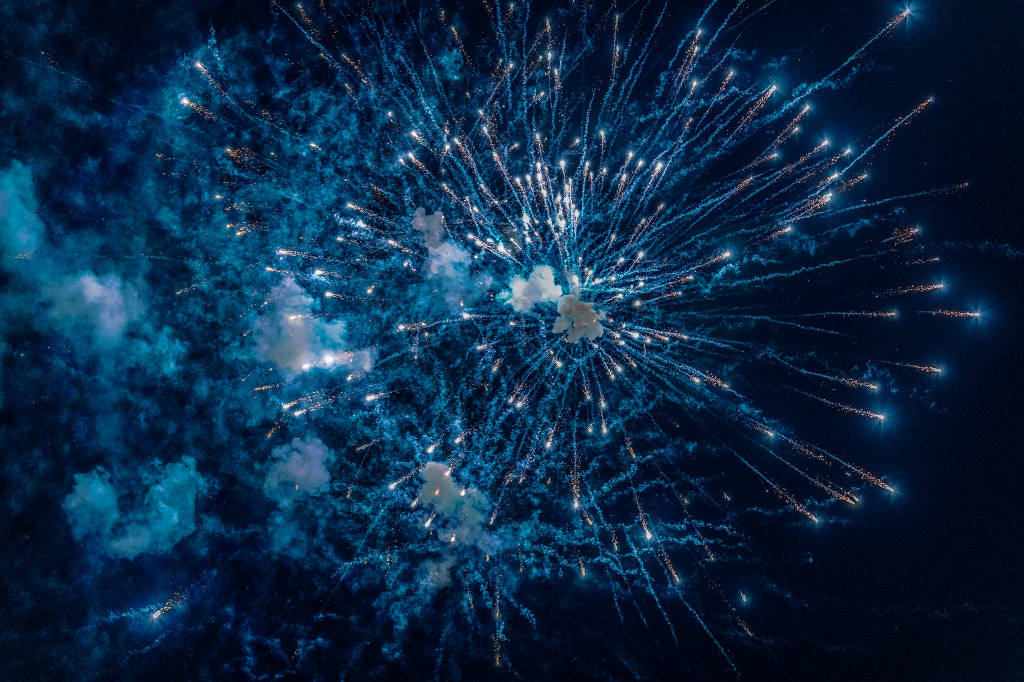

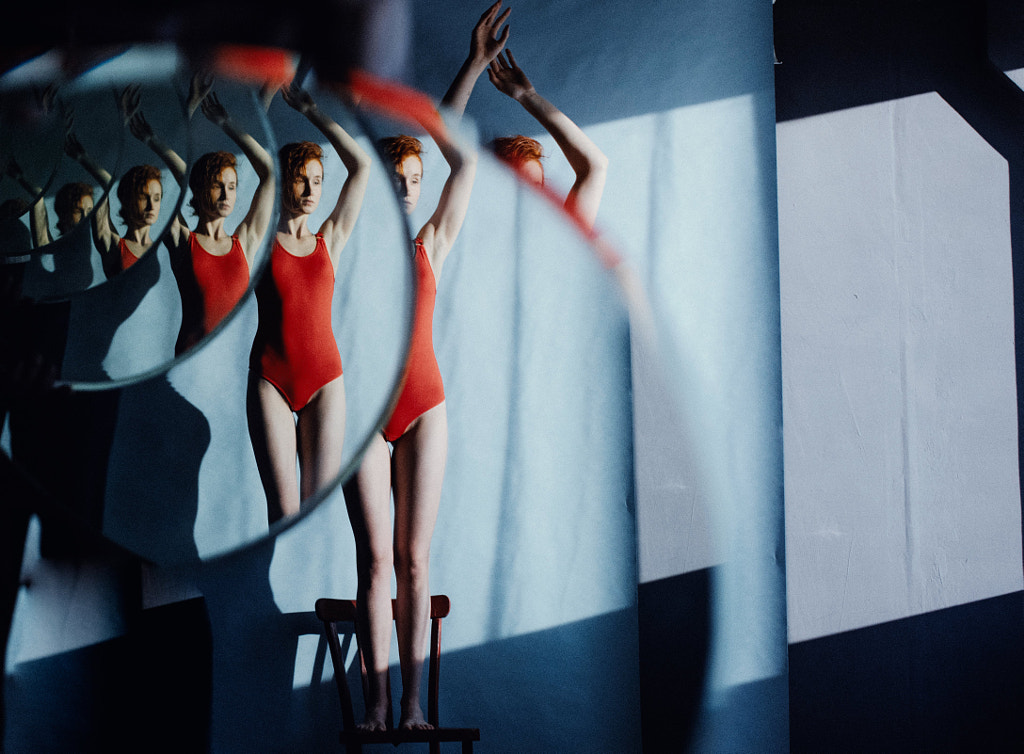
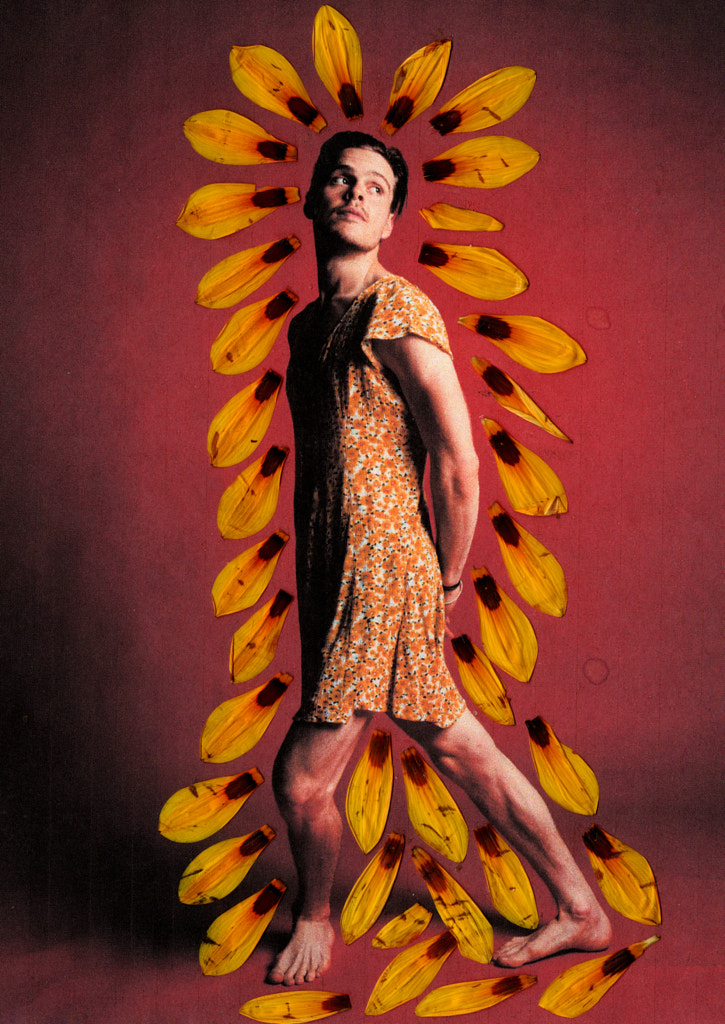

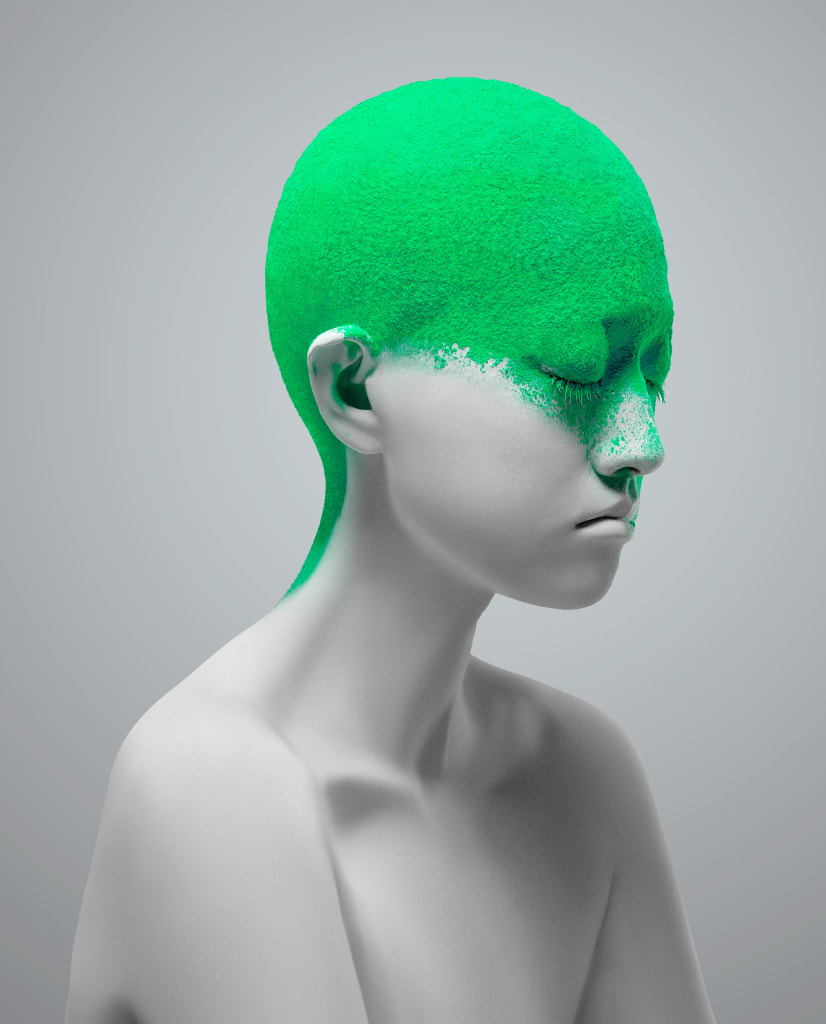
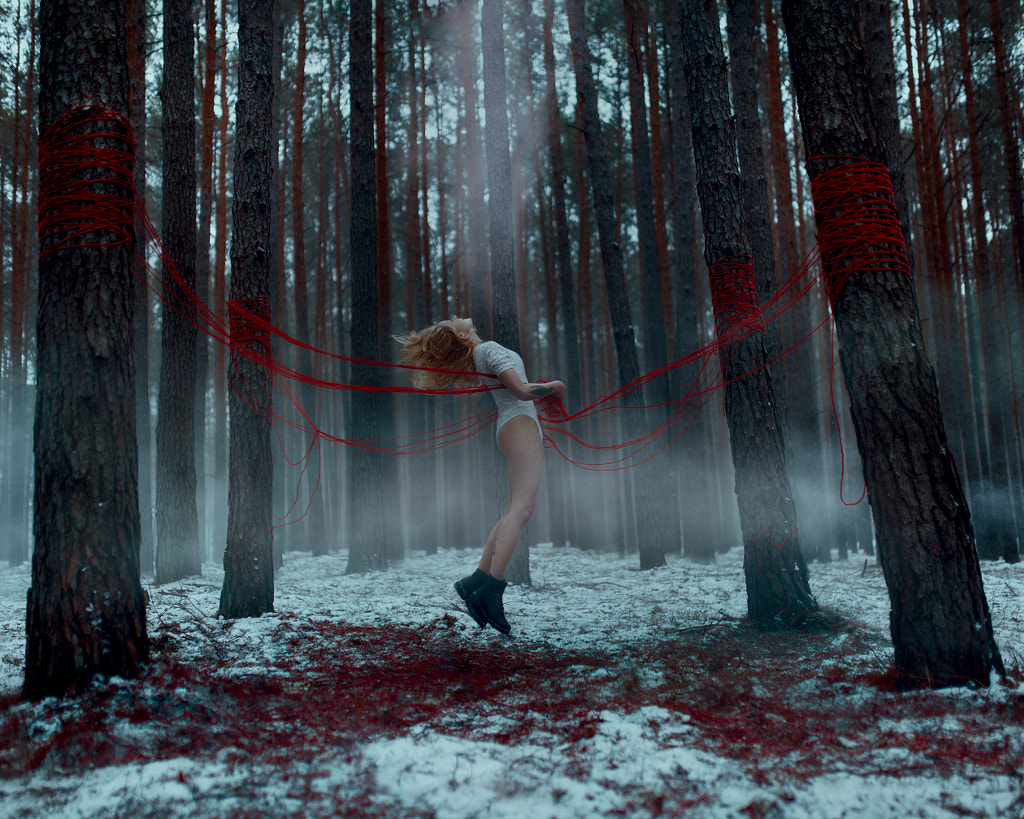
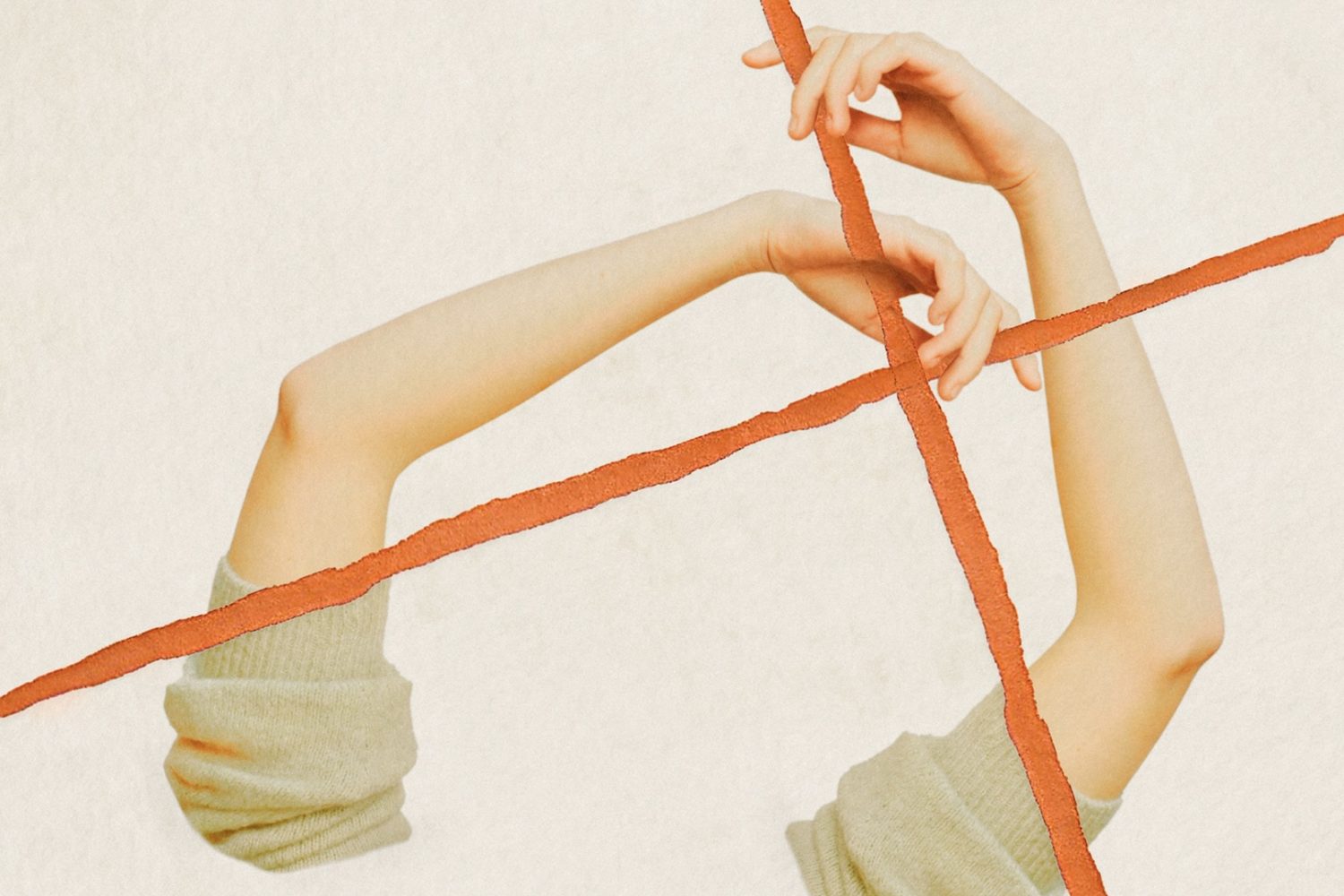

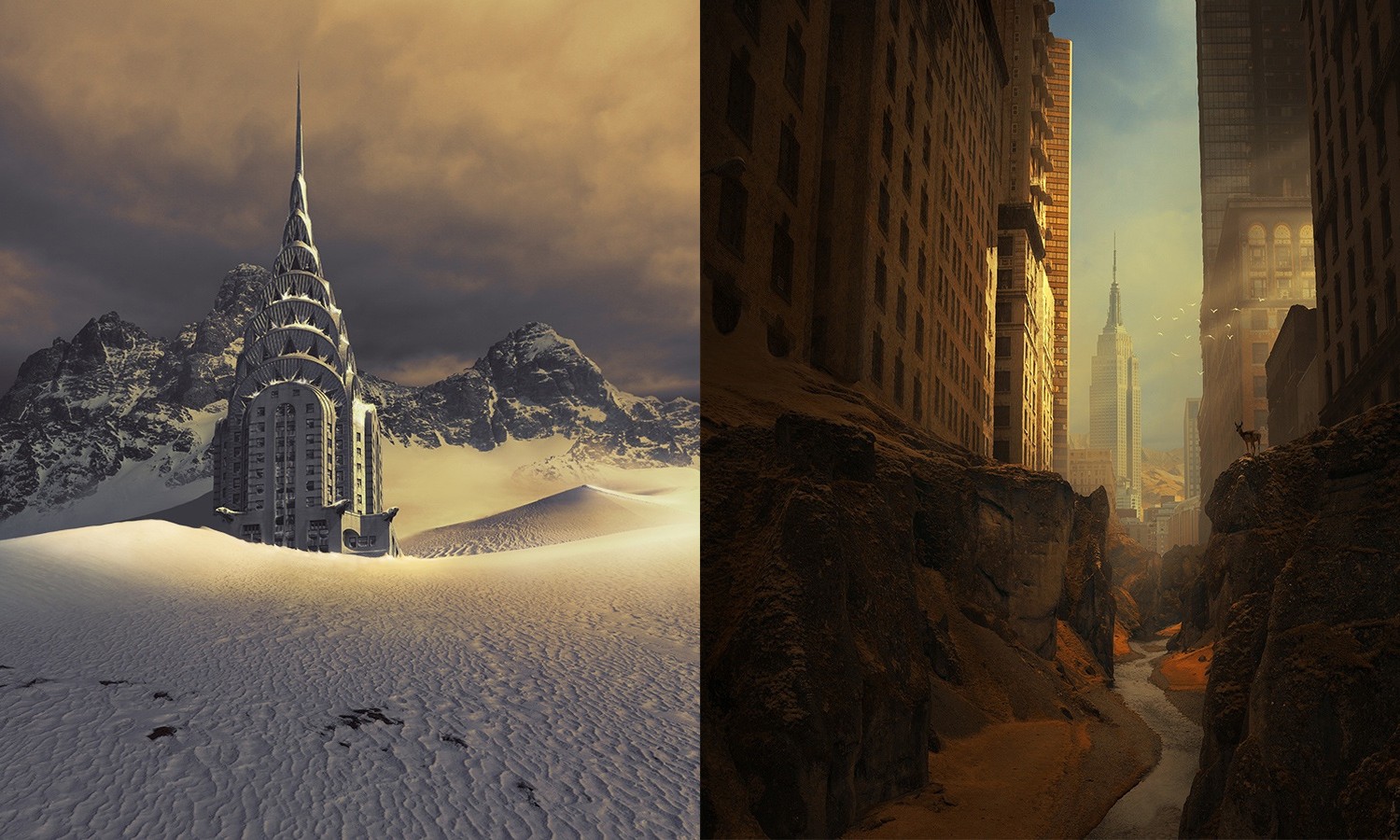
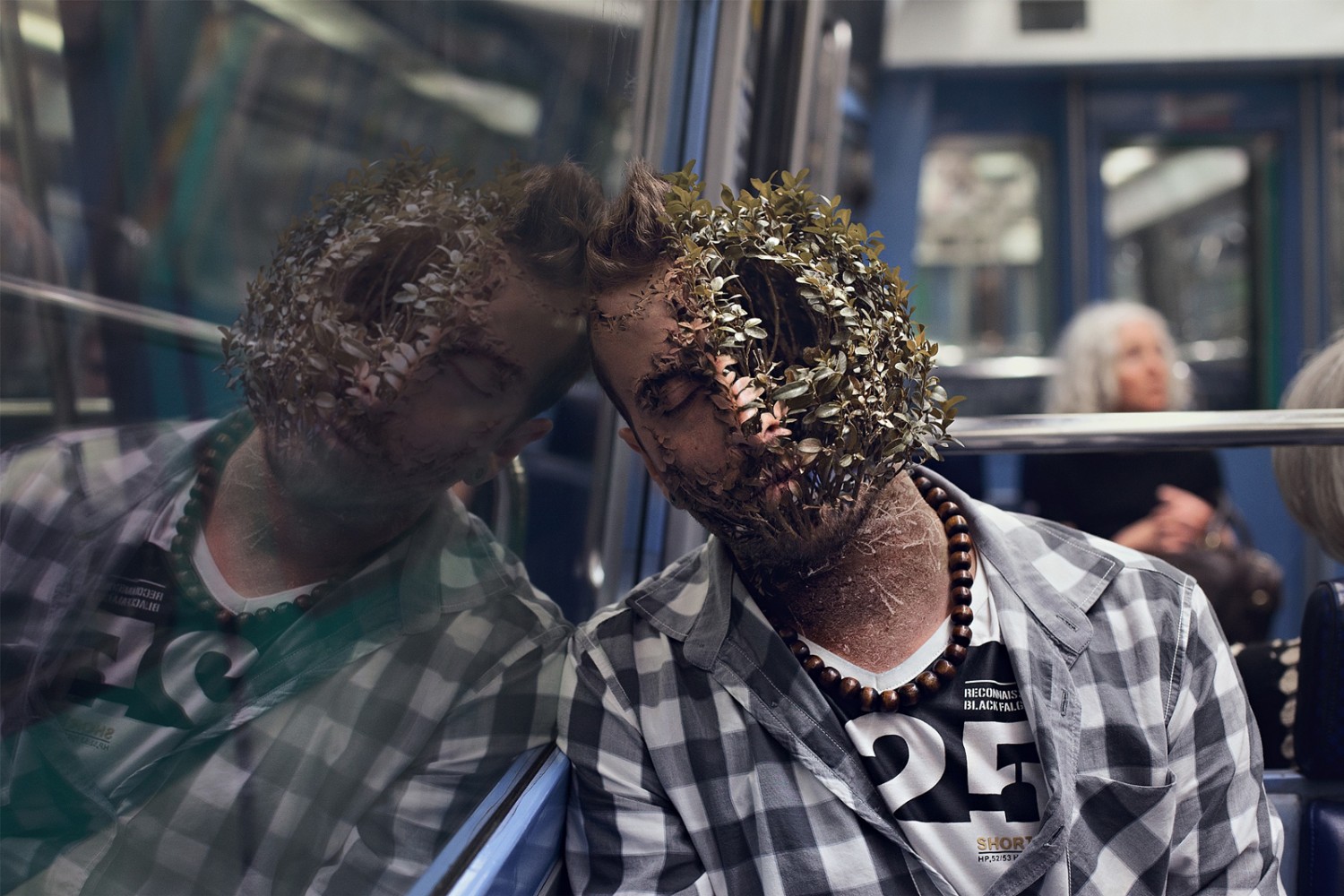

Leave a reply